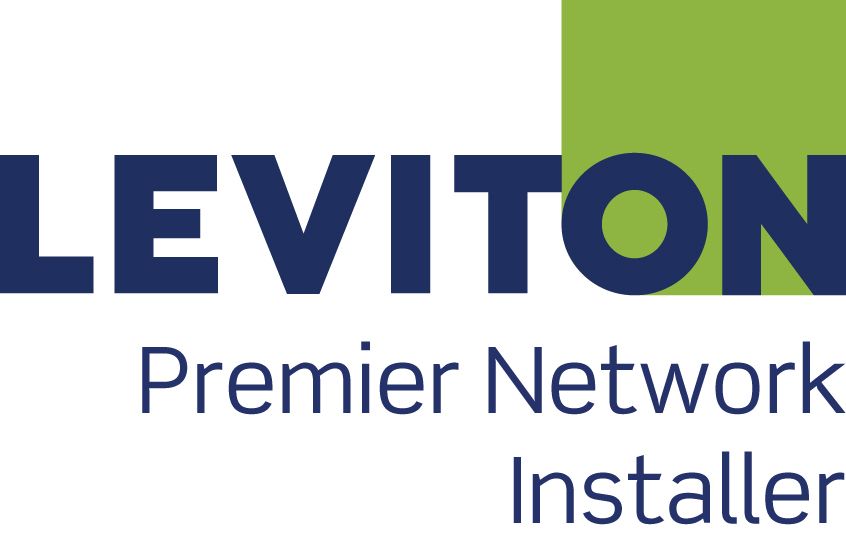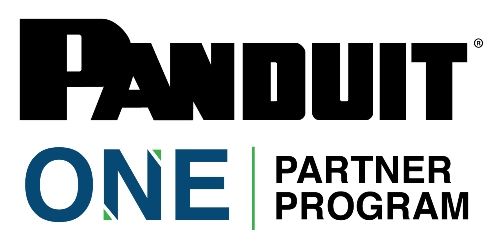Fiber Optic Cabling
Singlemode | Multimode | Fiber Backbones
Keeping your business connected
ID, CA, CO, MT, NV, UT, WA
Run your business faster
If you’re future proofing or need the guaranteed fastest connection speeds now, fiber optic is the way to go.
We can advise you on the best cabling for your business so you have the best performance for your data network.
Professional, certified installation is key - our technicians won’t just install, they’ll test, label, and certify every component so you can have confidence in your system now and for years to come.
Projects we support:
- New construction
- Tenant improvements
- Business expansions
- Renovations and enhancements
- Fusion splicing
Not sure which Fiber Optic Cabling speed you need? We can help!
Depending on the distance you need your cabling to cover, and your ideal transmission speed (both now and in the future), we can identify the right cabling for you.
Fiber Optics Speed Comparison
| Technology | Transmission Speed | Max Distance |
|---|---|---|
| Multi-Mode Fiber OM4 | 10 Gbs | 550 Meters |
| Multi-Mode Fiber OM4 | 40/100 Gbs | 150 Meters |
| Single-Mode Fiber OS2 | 10 Gbs | 10 km |
Call for a free quote and we’ll collect all the information we need to prepare a custom proposal for you.
Keeping Your Business Connected
Assess | Advise | Install | Certify
We will get back to you as soon as possible.
Please try again later.




